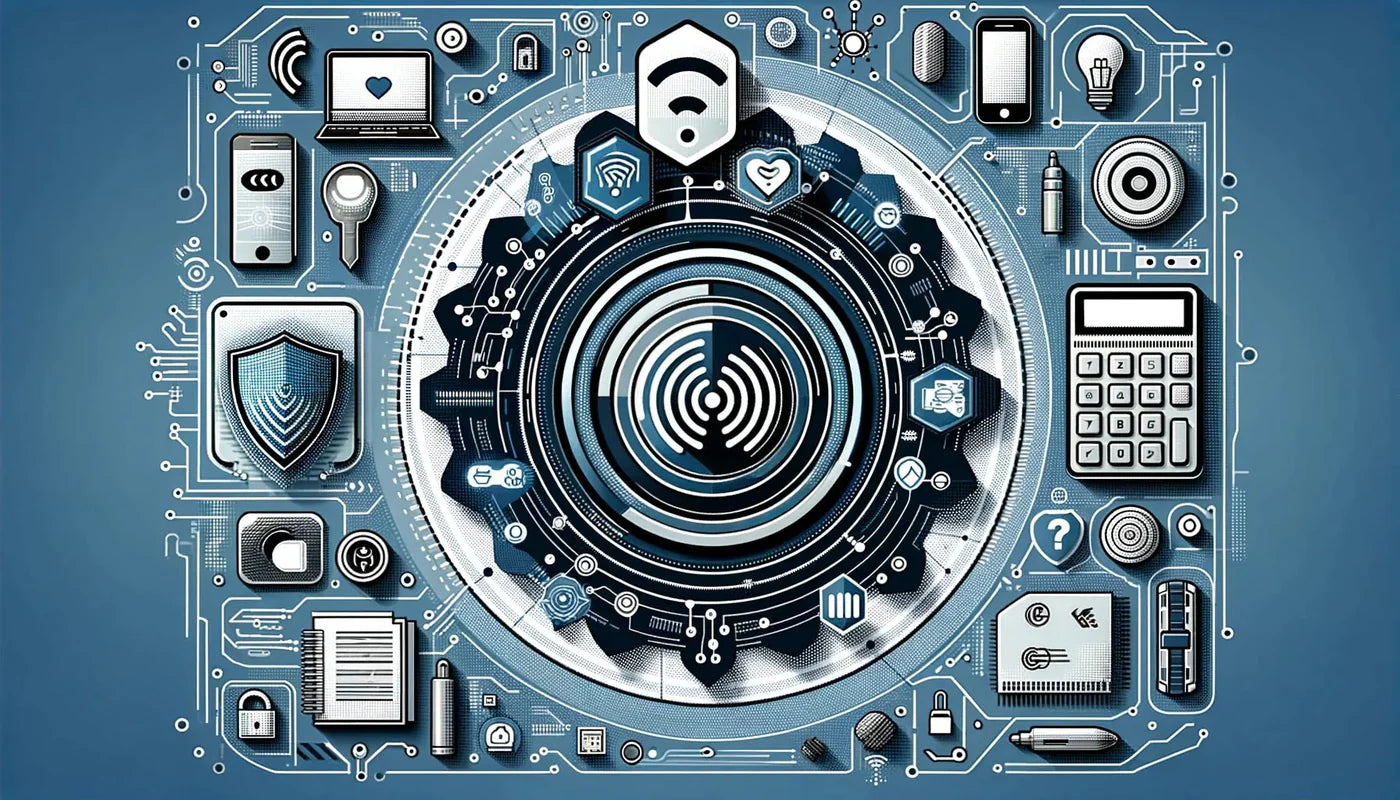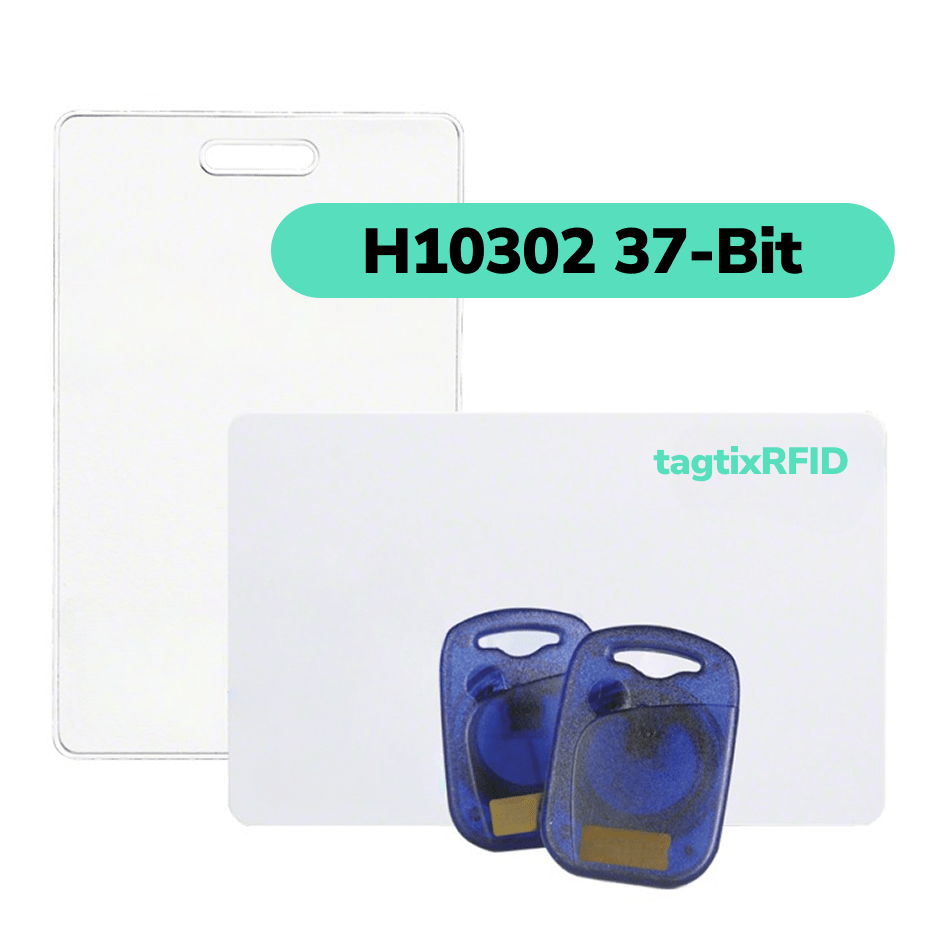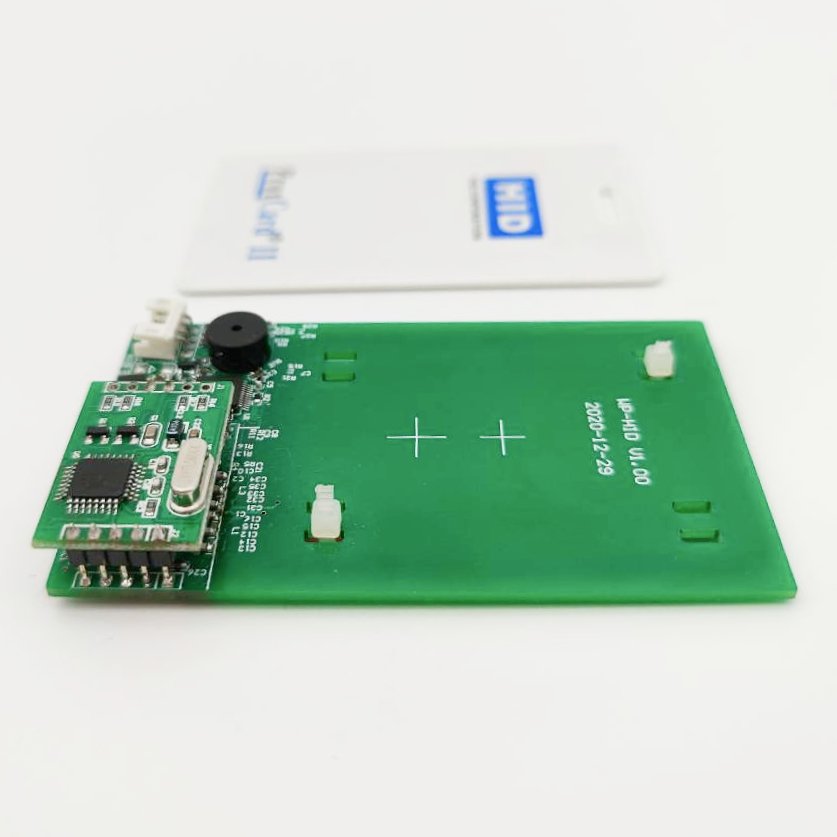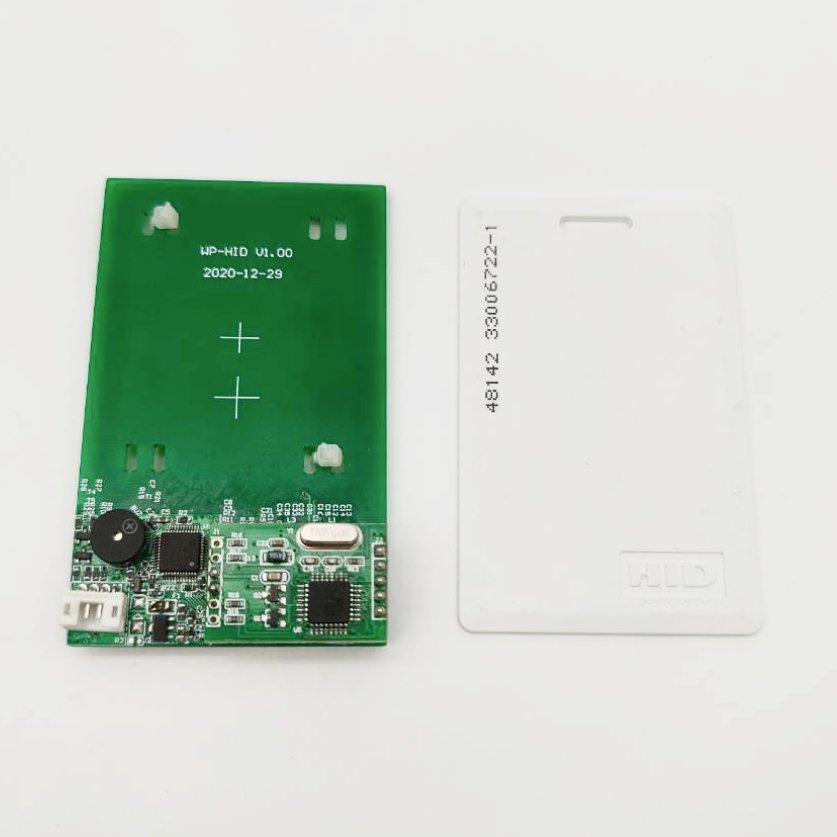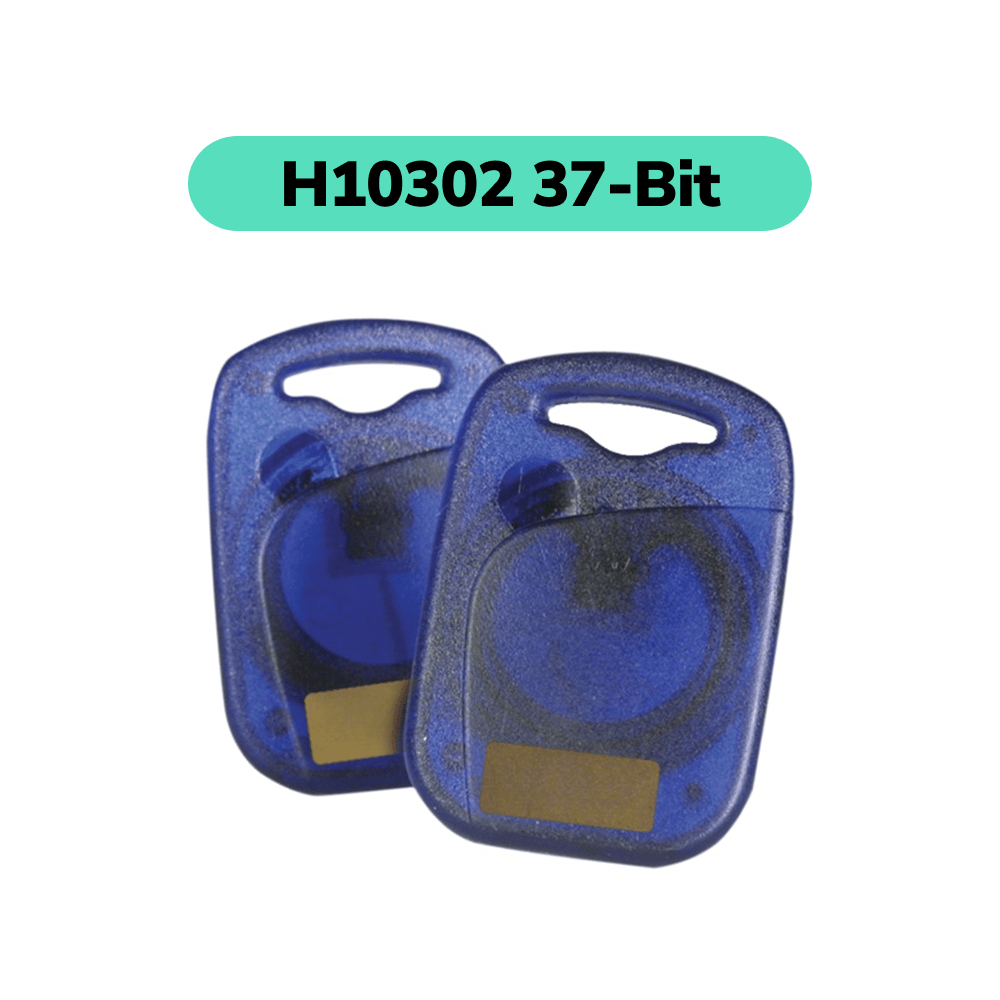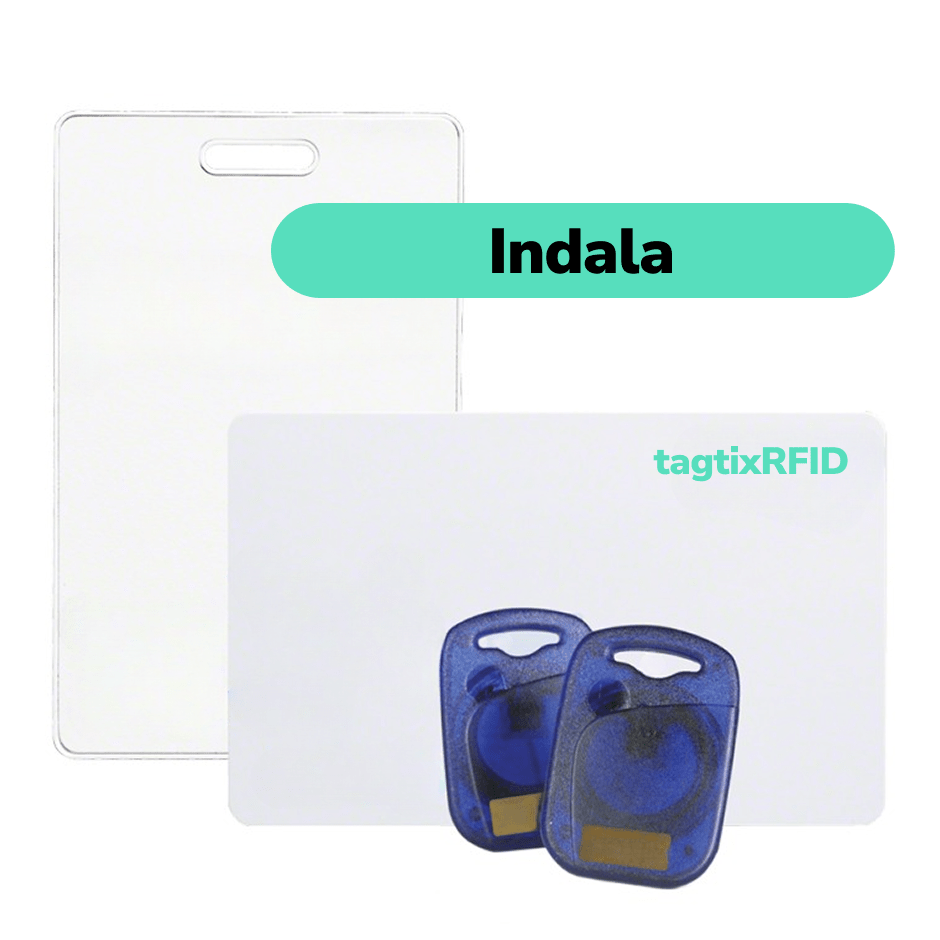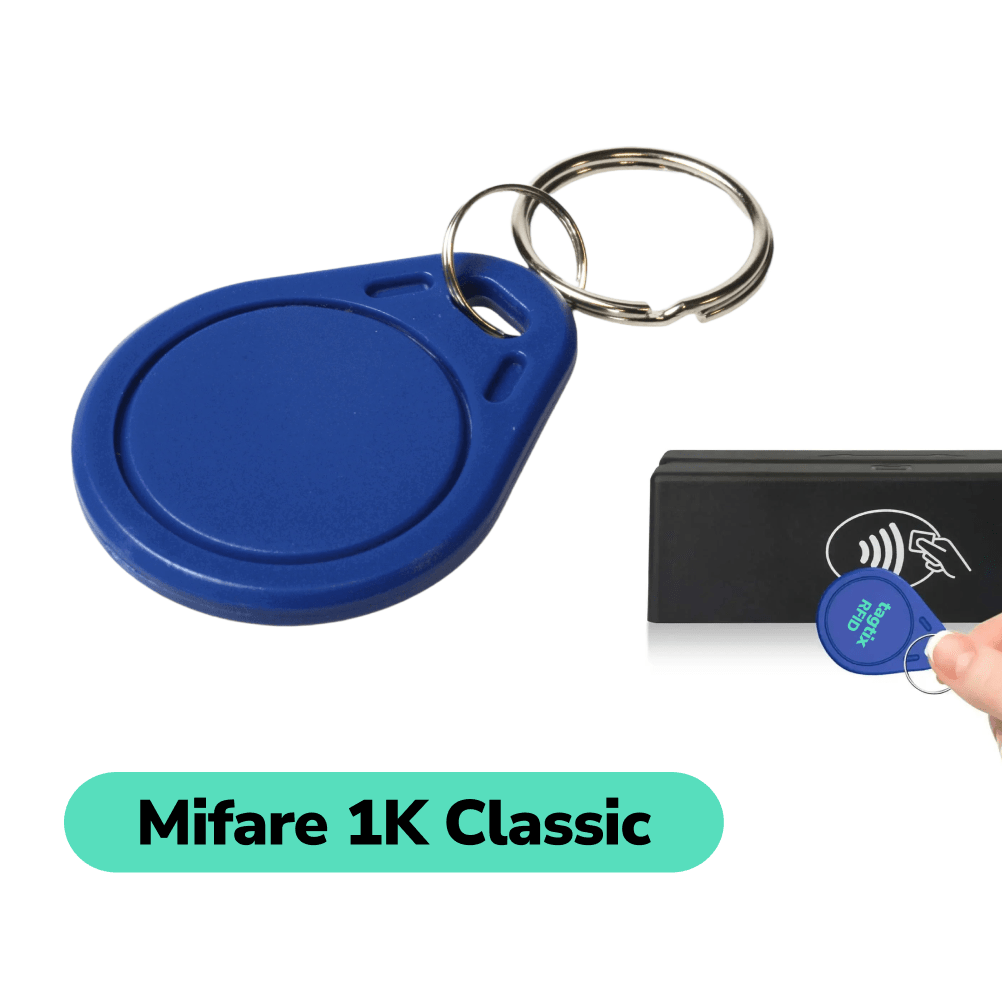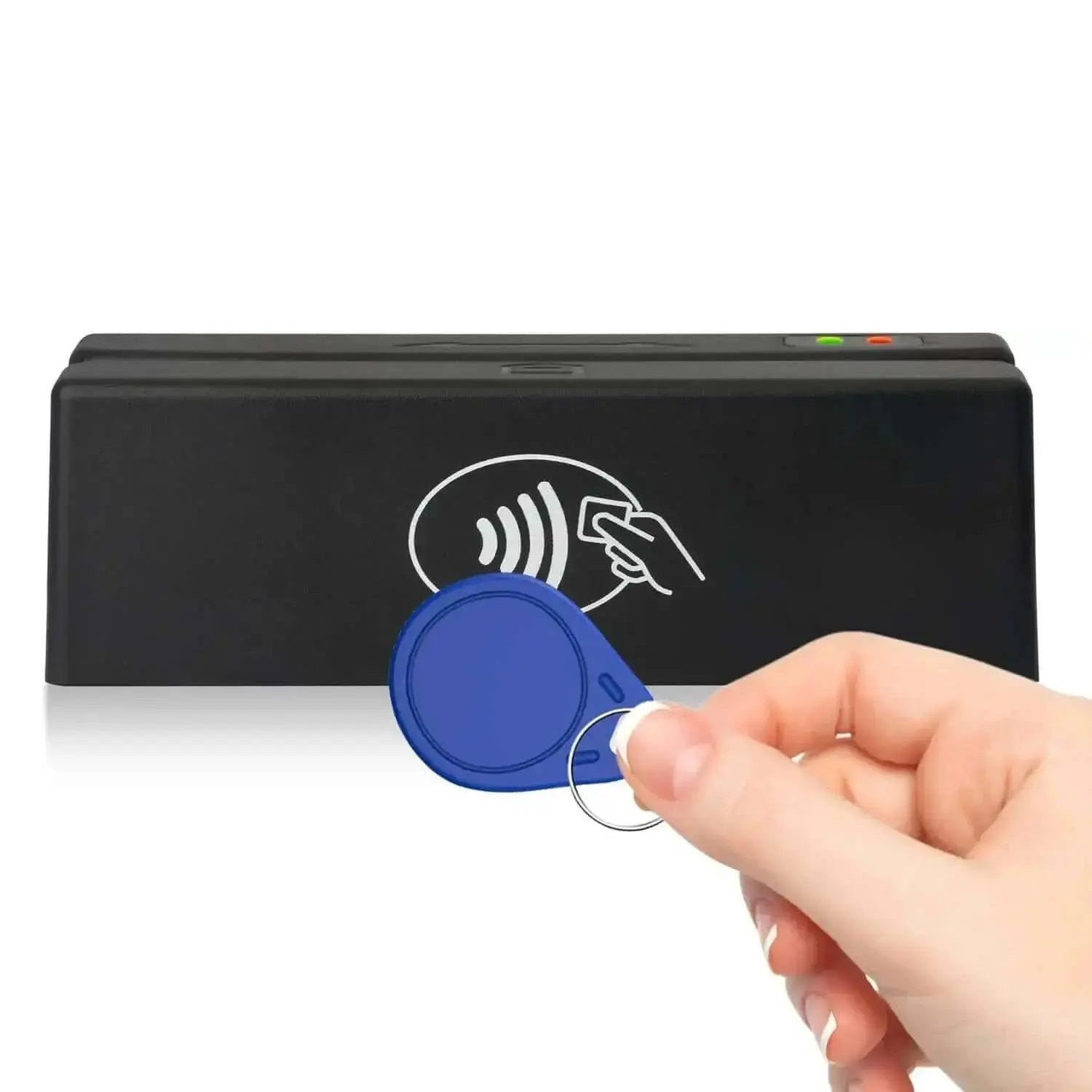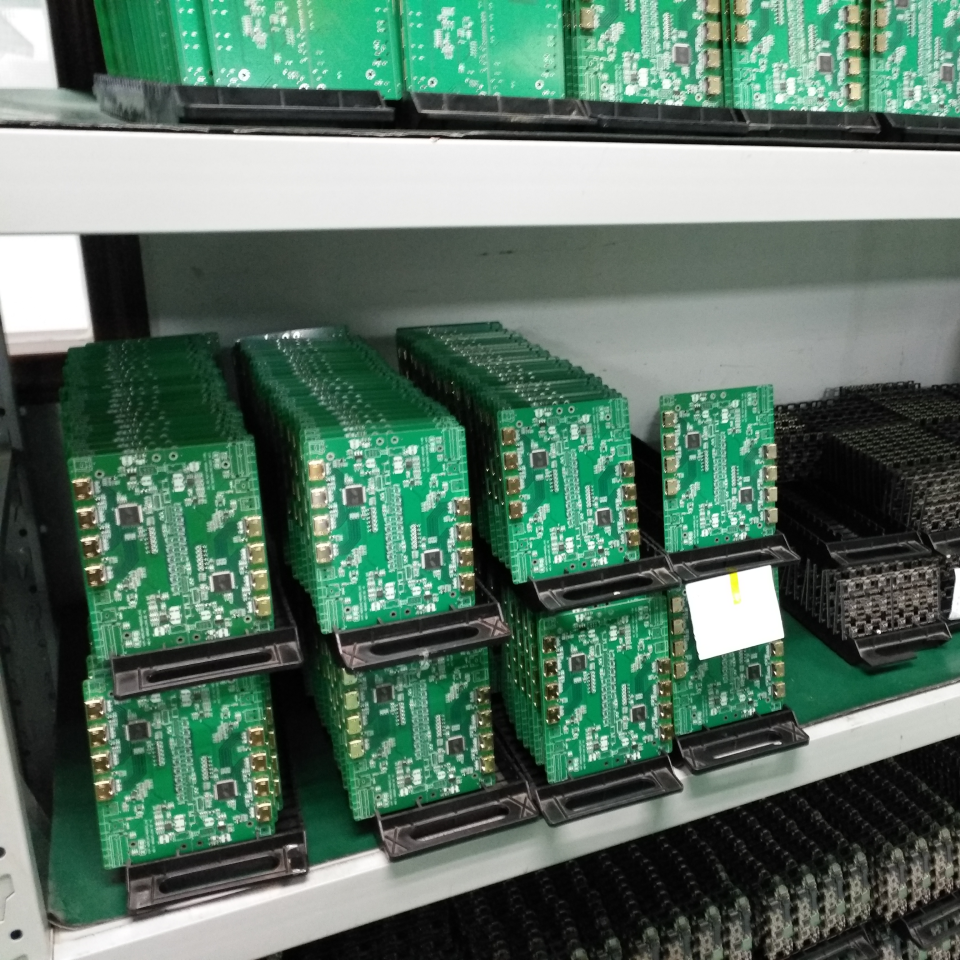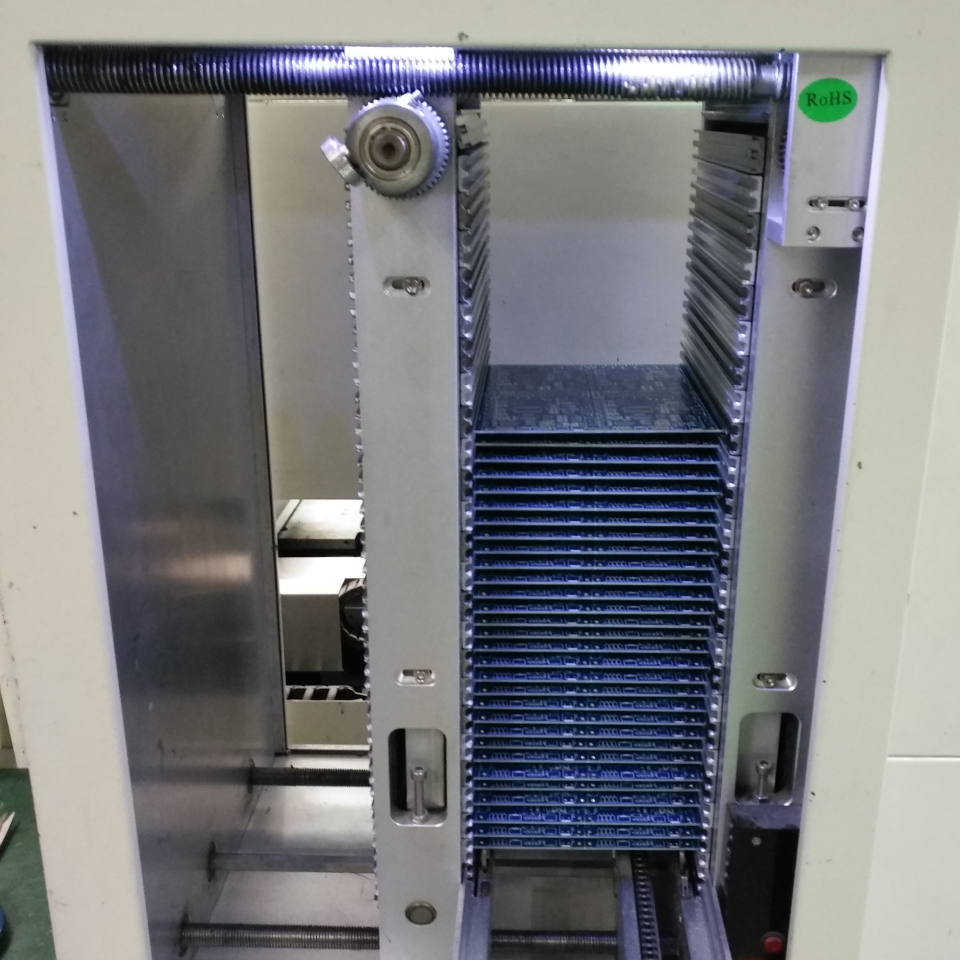Mik a különbségek? RFID-kártyák vs HID vs Mifare vs Proximális kártyák
Quick Answers
Milyen típusú RFID-k vannak?
Miben különbözik a HID az RFID-től?
Vannak HID proximális kártyák RFID-ként?
Milyen a különbség a közelségi és az RFID között?
Miben tér el az NFC és a HID között?
Quick Guide: What Are The Differences?
RFID vs. Proximity
RFID
Proximity
LF: 120–135 kHz (e.g., HID Prox, EM)
HF: 13.56 MHz (e.g., MIFARE, iCLASS)
UHF: 860–960 MHz (RAIN RFID)
LF: 125 kHz (most common)
LF: up to 6 feet (1.8 meters)
HF: up to 3 feet (1 meter)
UHF: 25–33 feet (7.5–10 meters)(with special tags: up to 300+ feet/91+ meters)
Typically 2–6 inches (5–15 cm), rarely up to 2 feet (60 cm)
Read and write (data can be updated or changed)
Read-only (fixed ID number, cannot be changed)
Access control, payment, inventory, asset tracking, time & attendance, e-passports, libraries
Access control, payment, inventory, asset tracking, time & attendance, e-passports, libraries
Advanced: encryption (AES, DES), mutual authentication, secure data storage
Primarily for single-use access control
HF/UHF: 50–424 kbps data rate (depends on protocol and card type)
Very fast (ID check only, <100 ms typical)
MIFARE Classic, MIFARE DESFire, HID iCLASS, LEGIC, UHF EPC Gen2
HID Prox, EM Prox, AWID, Indala
HF/UHF cards: up to 4 KB (kilobytes) or more (e.g., MIFARE DESFire EV2: up to 8 KB)
24–40 bits (3–5 bytes), usually just an ID number
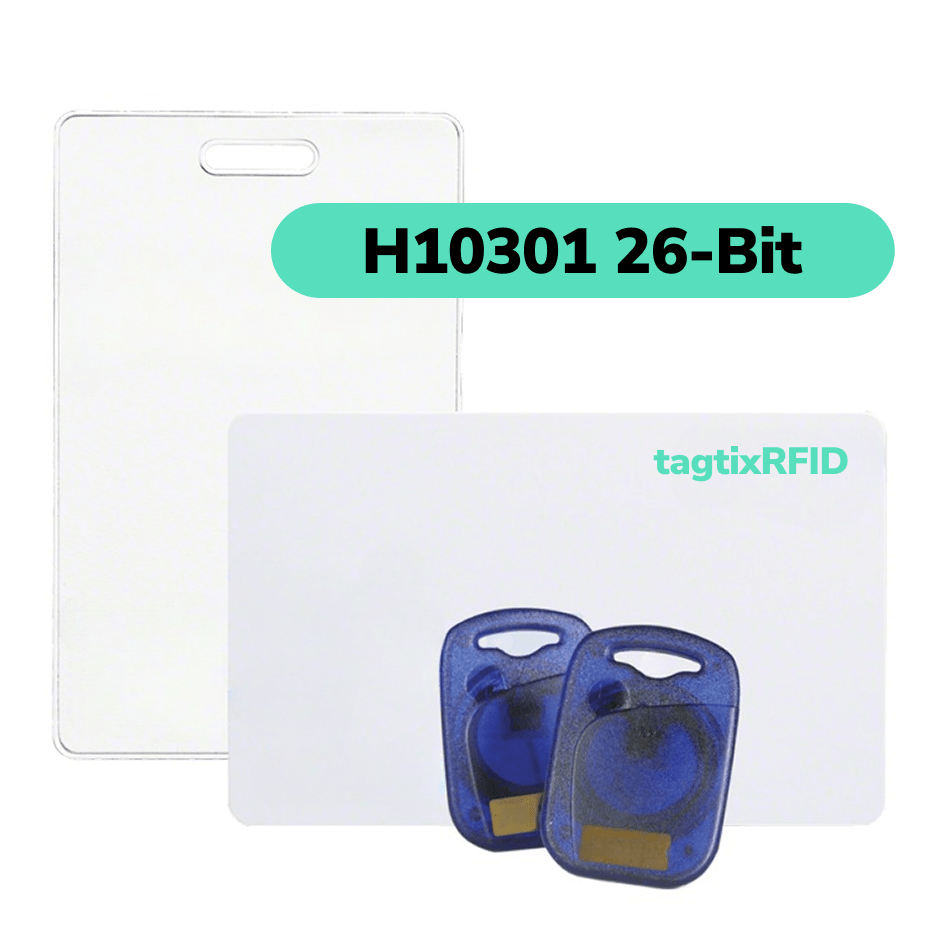

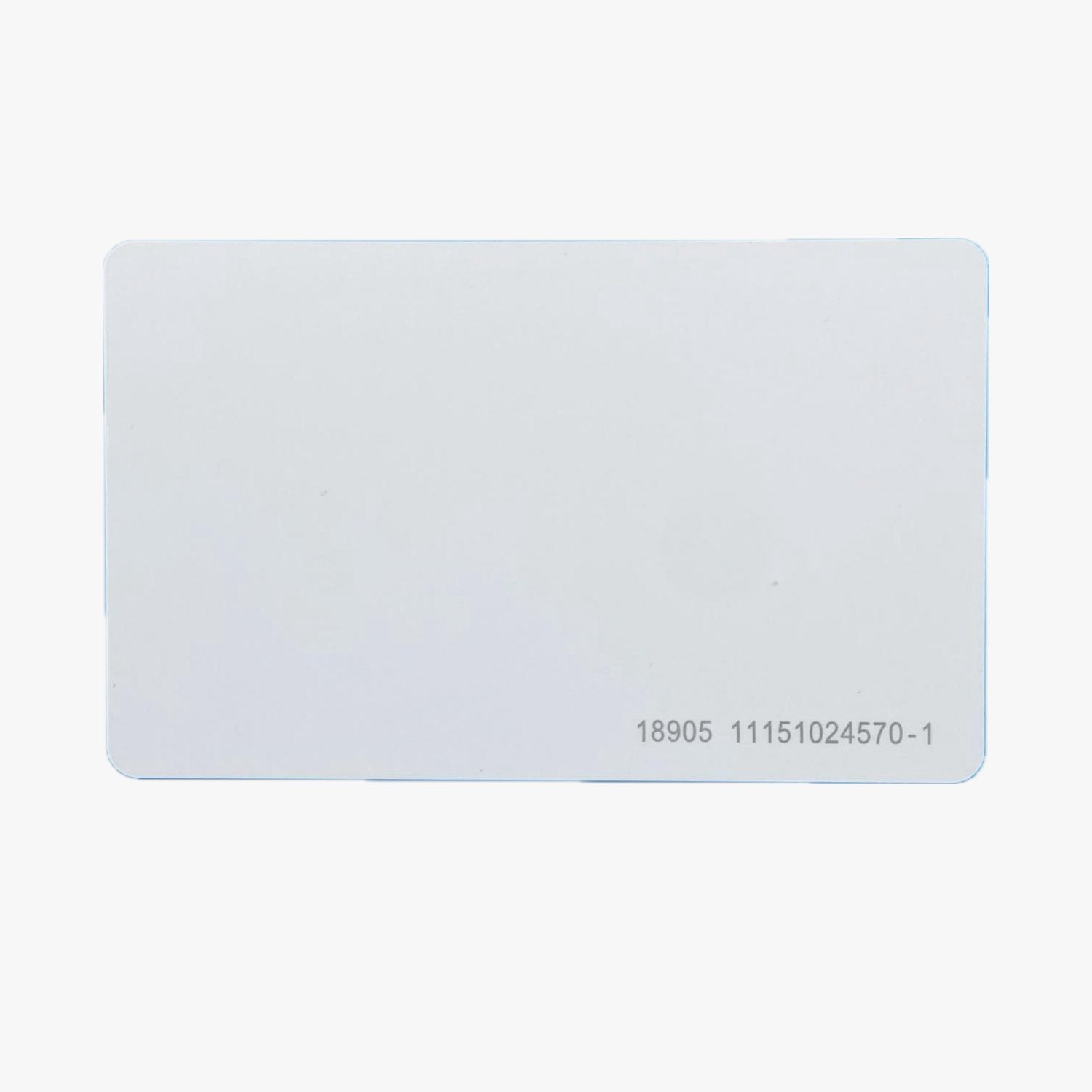
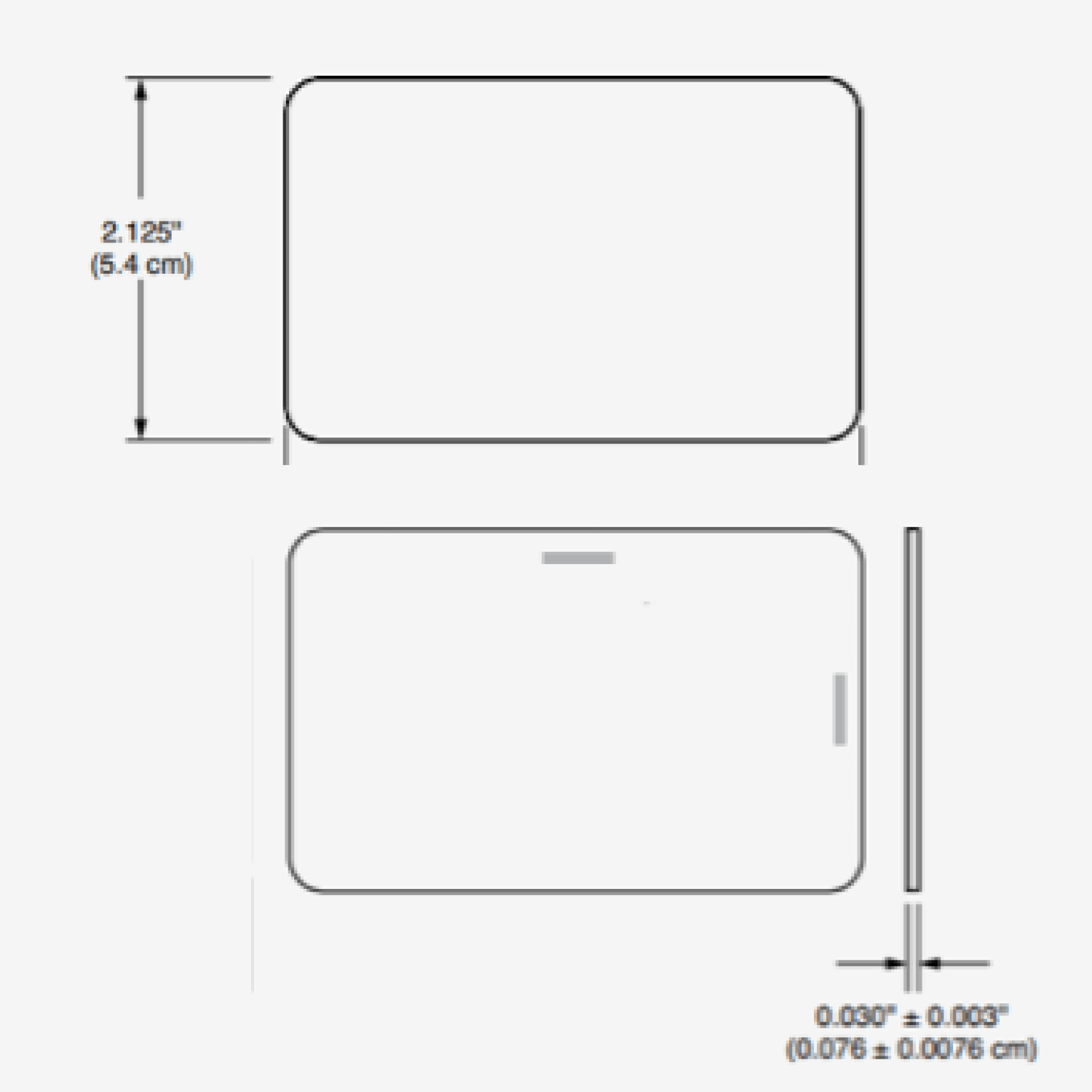
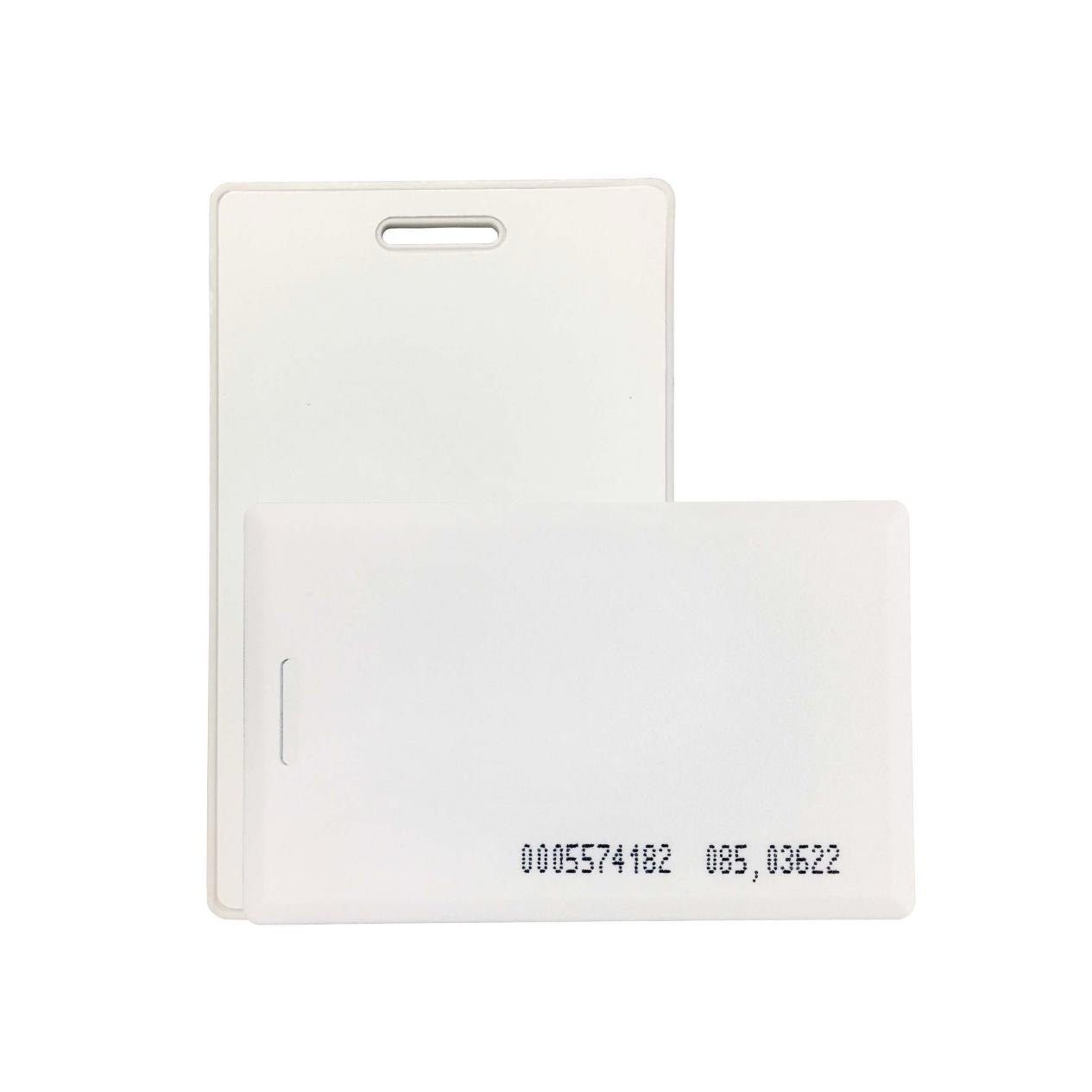
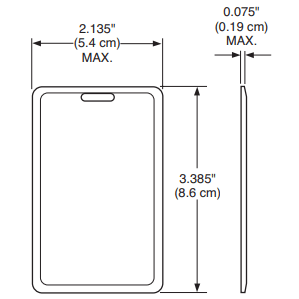
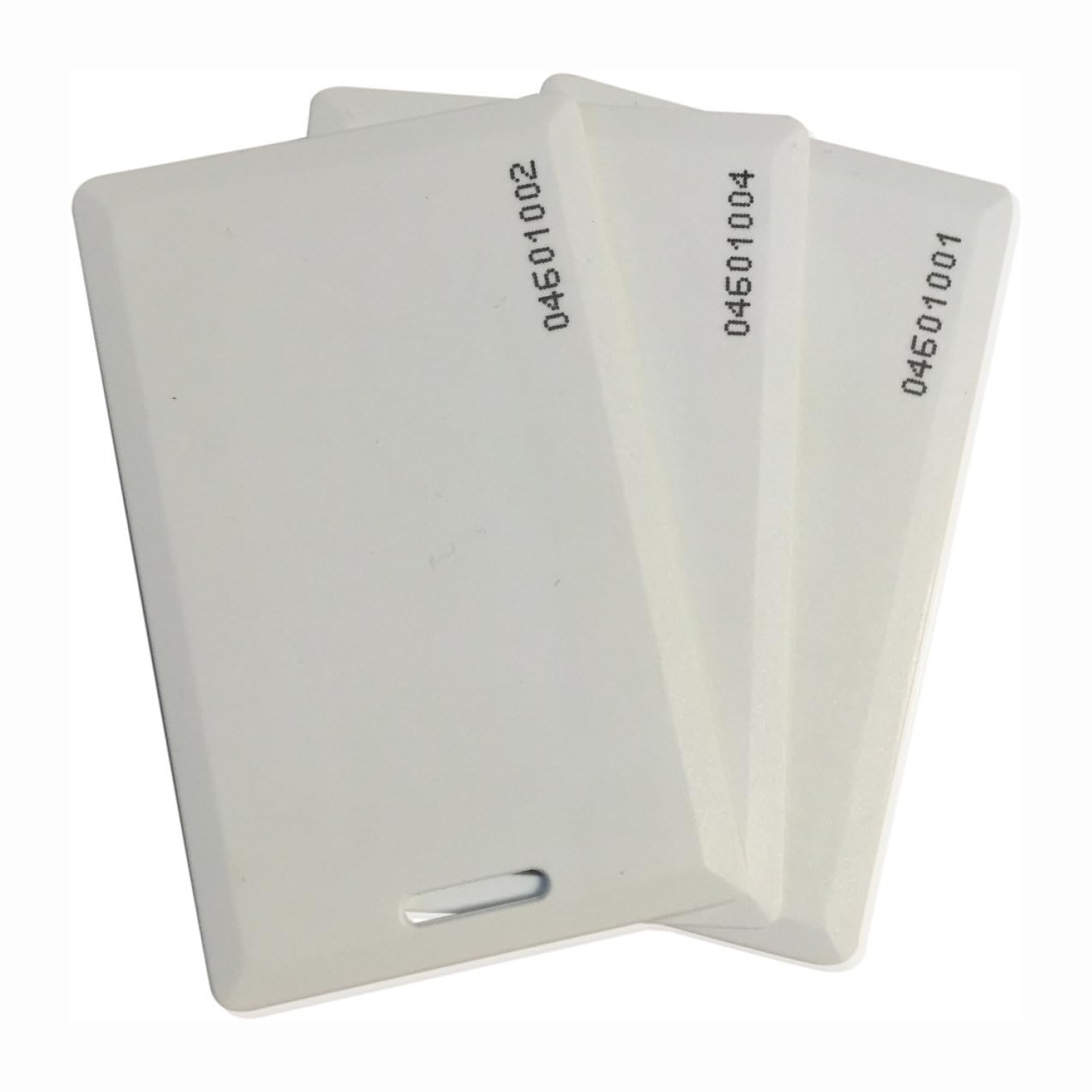
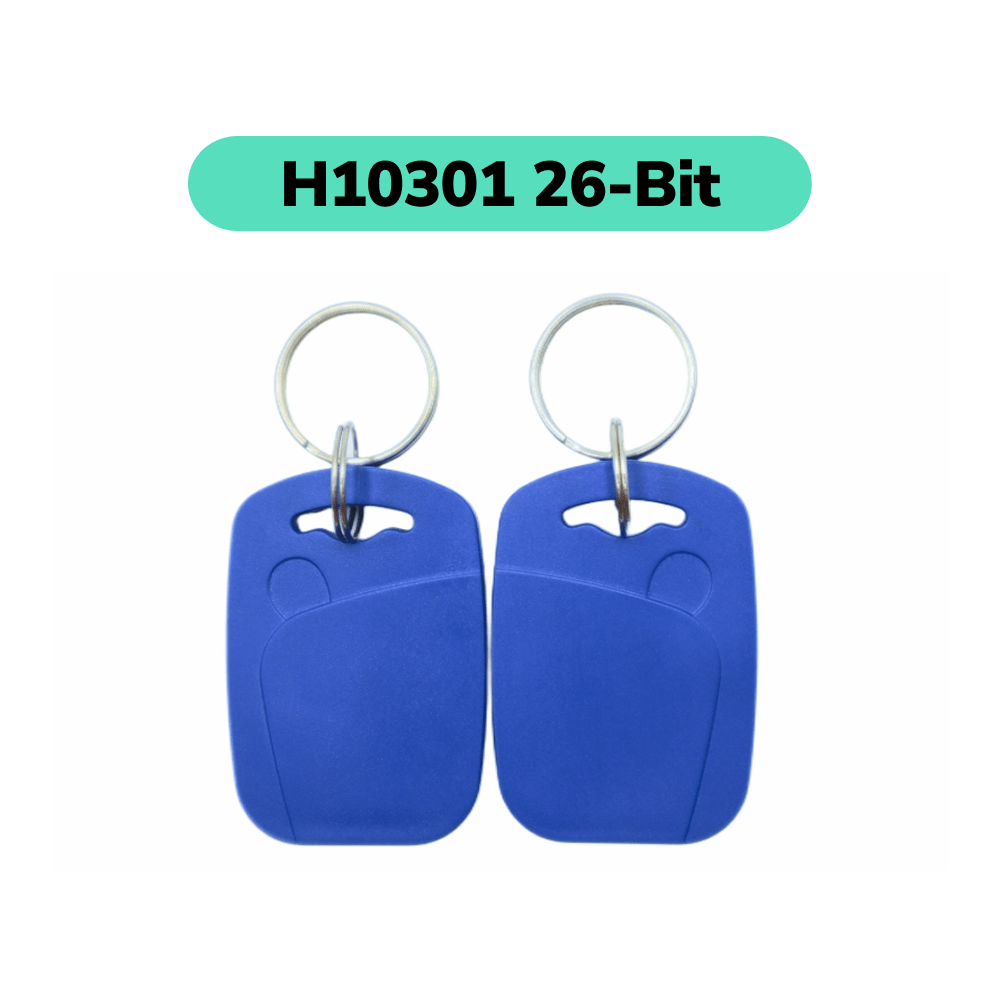
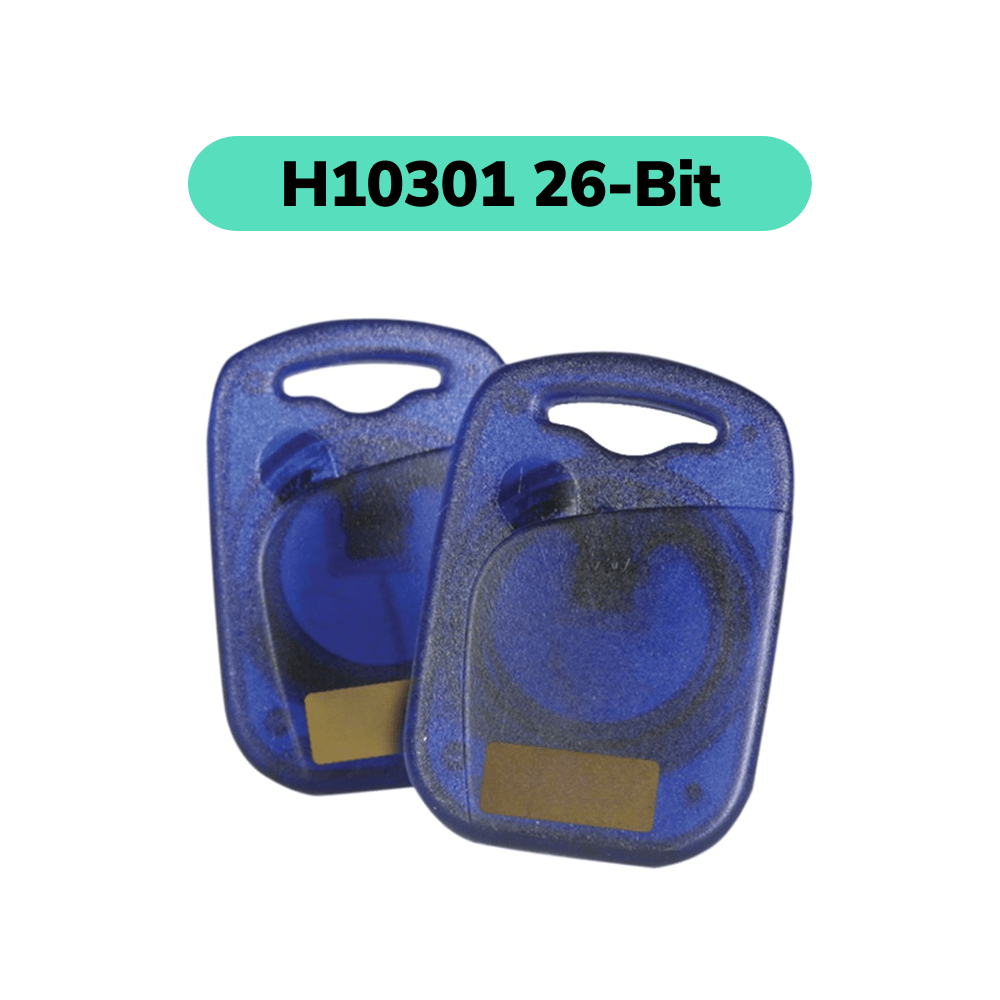
H10301 formátumú 26 bites proximális kártyák, amelyek pontosan úgy működnek, mint a HID H10301 ProxCard II.
Válassz lehetőségeket:
- Külső kártyaszámozás (csak tintasugaras)
- Szegélyütés (vízszintes vagy függőleges)
- Egyéni művészeti alkotás (szöveg vagy grafika)
Ahogy a 26 bites formátumú kártyák esetében szükséges, meg kell adnia az intézménykódot és a kártya kezdő sorozatszámát.
- A létesítménykód egy szám, amelynek 1 és 255 között kell lennie.
- A programozandó kezdő sorozatszám 1 és 65 453 között kell legyen.
Comparison Guide: Which Type of Card to Choose?
Mifare vs. HID vs. Proximity
MIFARE Cards
Proximity Cards
HID Cards (Prox, iCLASS, Seos)
13.56 MHz high-frequency RFID, NFC-capable
125 kHz low-frequency RFID
125 kHz (Prox), 13.56 MHz (iCLASS/Seos)
Advanced: mutual authentication, encryption (DES/AES)
Basic: ID number only, no encryption, easily cloned
Prox: Basic (unencrypted); iCLASS/Seos: Advanced (AES, mutual auth)
1–4 KB (MIFARE Classic), up to 8 KB (DESFire EV2)
24–40 bits (3–5 bytes), fixed ID number
Prox: 24–40 bits; iCLASS: up to 32 KB, multi-application
Read/write, supports multiple applications
Read-only, cannot be updated
Prox: Read-only; iCLASS/Seos: Read/write
2–4 inches (5–10 cm)
2–6 inches (5–15 cm), up to 10 cm (3.9 in)
Prox: 2–6 inches; iCLASS/Seos: up to 4 inches (10 cm)
Transit, secure access, cashless vending, ID, loyalty
Basic door/building access, time & attendance
Prox: Door access; iCLASS/Seos: secure access, biometrics, payment
Yes (DES, 3DES, AES, mutual authentication)
No
Prox: No; iCLASS/Seos: Yes (AES, mutual authentication)
Requires 13.56 MHz reader
Requires 125 kHz reader
Prox: 125 kHz reader; iCLASS/Seos: 13.56 MHz reader
Miért költsön sokat első osztályú márkakártyákra?
60%-os megtakarítás a költségvetésén
ingyenes szállítás. Minden rajtunk!

